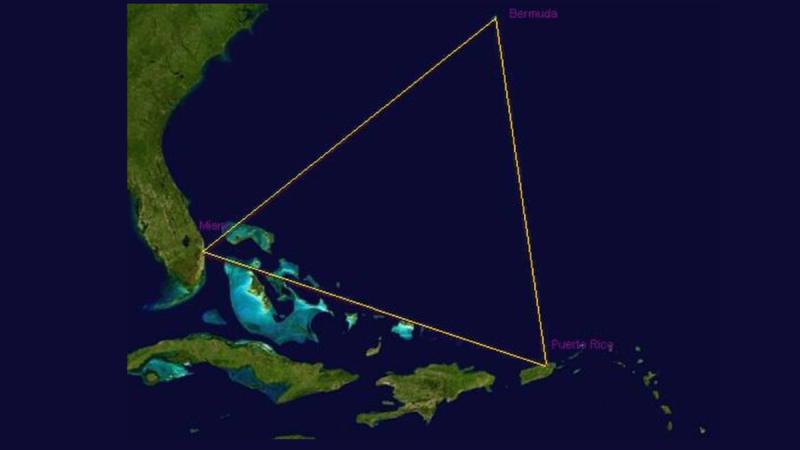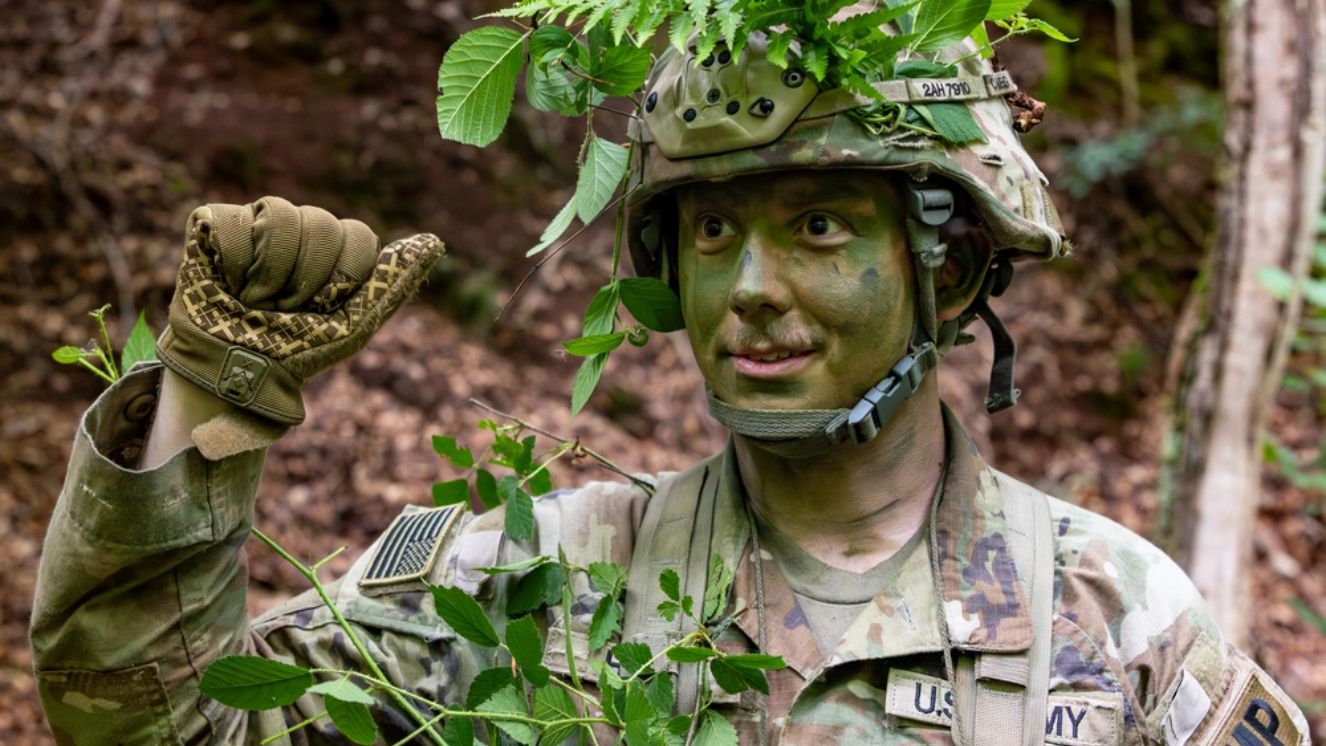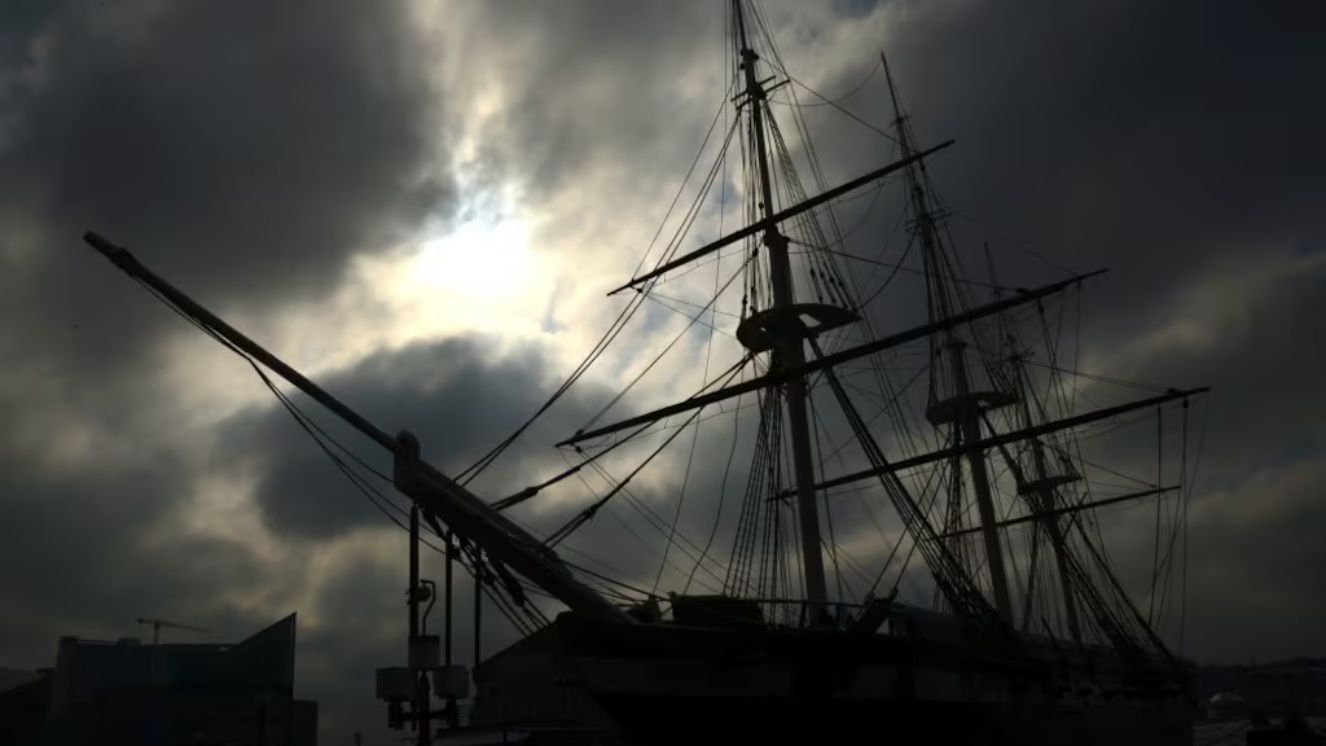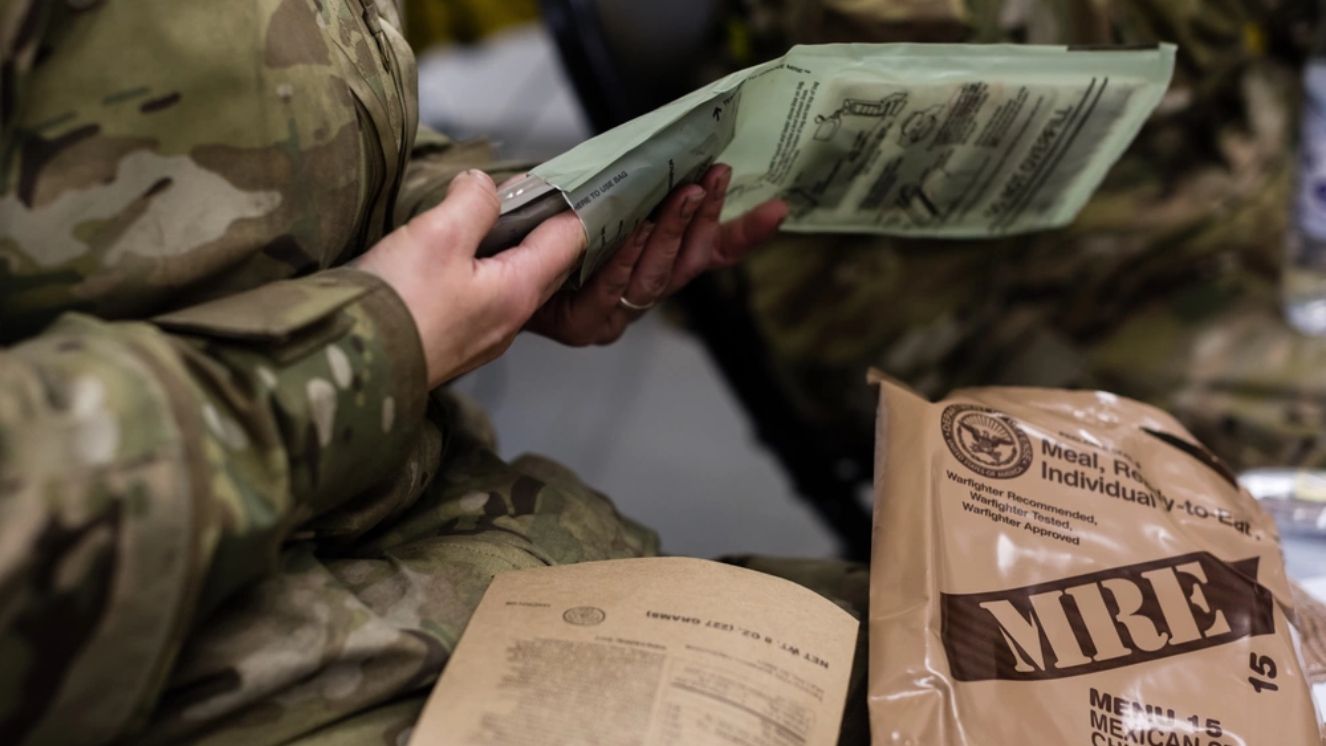8 BIZARRE, UNSOLVED MILITARY MYSTERIES THAT STILL GIVE HISTORIANS GOOSEBUMPS

Throughout history, the U.S. military — and other armed forces around the world — have been involved in countless remarkable events. While most are well-documented, some remain shrouded in mystery. These unexplained incidents involve disappearances, strange sightings, and rumored secret technologies. Even today, they continue to intrigue historians, Veterans, and researchers.

Flight 19 and the Bermuda Triangle
On December 5, 1945, five U.S. Navy TBM Avenger torpedo bombers vanished during a training flight over the Atlantic Ocean. The formation, known as Flight 19, was led by Lt. Charles Taylor. During the mission, Taylor reported that his compass had failed and that he believed the group was flying over the Florida Keys — when in reality, they had gone far east, away from land.
A rescue plane dispatched to find them also disappeared. A Navy ship later reported seeing an explosion and spotting an oil slick, but no wreckage was ever found.
The Navy’s final report cited disorientation and fuel exhaustion as the most likely causes. Still, the complete disappearance of six aircraft in the area now known as the Bermuda Triangle remains one of aviation’s and the military’s most enduring mysteries.
The Dyatlov Pass Incident
In February 1959, nine experienced hikers were found dead in the Ural Mountains of the Soviet Union under chilling and unexplained circumstances. Their tent had been slashed open from the inside, and several of the victims were discovered barefoot or without proper clothing in subzero temperatures. Some had severe internal injuries, such as broken ribs and fractured skulls, while one was missing her tongue. Traces of radiation were also found on some clothing.
Soviet authorities concluded that the group died due to a “compelling natural force,” but provided no clear explanation. Because the site was near areas of known military testing, speculation about secret weapons or military involvement has persisted.
Modern research points to an avalanche or unusual wind dynamics as possible causes, but questions still linger. The Dyatlov Pass Incident remains one of the most haunting Cold War-era mysteries.
Nazi “Wonder Weapons” — Wunderwaffe
Among the most talked-about Nazi secret projects is the rumored Die Glocke (“The Bell”). Descriptions claim it was a bell-shaped device containing spinning cylinders and an unknown substance that supposedly produced powerful, possibly otherworldly effects. The project was allegedly conducted at an SS facility near the Wenceslas Mine in Poland, where several scientists reportedly died during testing.
The story originates from a 2000 book by Polish author Igor Witkowski, who claimed to have seen SS General Jakob Sporrenberg’s postwar testimony describing the device. However, no credible documents, photographs, or physical evidence have ever surfaced.
Most historians consider Die Glocke a myth, yet it remains one of the most persistent tales in discussions about Nazi secret technology and military mysteries.
America’s Missing Nuclear Weapons
These two U.S. military incidents remain unresolved, both involving lost nuclear bombs.
- Tybee Island, Georgia (1958): On February 5, 1958, a B-47 bomber collided with an F-86 fighter jet during a training mission. To prevent an explosion, the bomber jettisoned a Mark 15 nuclear bomb into the waters off Tybee Island. Despite extensive searches, the weapon was never recovered.
- Philippine Sea (1965): On December 5, 1965, an A-4E Skyhawk jet carrying a B-43 nuclear bomb rolled off the deck of the USS Ticonderoga and sank in over 16,000 feet of water. The pilot, aircraft, and weapon were never found.
Both bombs are still classified as “Broken Arrow” incidents — the U.S. military term for lost or accidental nuclear events.
UFOs and the Green Fireballs (1948–1950s)
On December 5, 1948, military personnel at Kirtland Air Force Base in New Mexico witnessed a bright green fireball streaking silently across the sky. In the following months, similar sightings occurred near Los Alamos and Sandia Laboratories — both key sites in America’s nuclear research program.
The glowing objects moved in straight lines, emitted no sound, and showed no signs of breaking apart like ordinary meteors. Dr. Lincoln LaPaz, a meteor expert, began documenting sightings, leading the U.S. Air Force to launch Project Twinkle in 1949.
Despite months of observation and data collection, researchers could not identify the phenomenon. The project ended in 1951 without an official explanation. The mysterious green fireballs remain one of the earliest and most puzzling UFO cases linked to military installations.
The Ghost Army of World War II
One of World War II’s best-kept secrets was the 23rd Headquarters Special Troops, better known as the Ghost Army. Formed in January 1944, this 1,100-man unit specialized in deception tactics designed to mislead German forces. The team combined artists, sound engineers, and radio operators to create realistic illusions of entire divisions.
They used inflatable tanks, sound effects, and fake radio transmissions to make the enemy believe large Allied forces were gathering where none actually were. Between June 1944 and March 1945, the Ghost Army conducted over 20 successful deception missions across France, Belgium, Luxembourg, and Germany.
Their work remained classified for decades, only becoming public in 1996. In 2022, Congress awarded the unit a Congressional Gold Medal in recognition of its service.

Yamashita’s Treasure
As World War II drew to a close in 1945, rumors spread that Japanese forces had hidden vast amounts of looted gold and artifacts throughout the Philippines — a hoard known as Yamashita’s Treasure, named after General Tomoyuki Yamashita.
In 1971, a Filipino man named Rogelio Roxas claimed to have discovered part of the treasure near Baguio: gold bars and a golden Buddha statue. He later reported that armed men seized the find and that he was detained.
In 1996, a U.S. court found evidence that Roxas had indeed uncovered treasure and awarded damages against former Philippine President Ferdinand Marcos. However, the treasure’s whereabouts and true size remain unverified.
To this day, Yamashita’s Treasure endures as one of the most legendary military mysteries of the Pacific War.
The Enduring Allure of Military Mysteries
From vanished aircraft and secret technologies to missing nuclear weapons and wartime deception, these stories remind us that not all of history’s military operations are fully understood. Some mysteries are explained by science and investigation — others continue to defy easy answers, fueling curiosity and speculation for generations to come.
Read next:
- Pearl Harbor Ghosts: Myths, Mysteries, and Paranormal Activities
- Are Stranger Things Happening at Camp Hero?
- Pop Punk Icon Tom DeLonge Helps the Military Find Aliens
Sources:
BY ALLISON KIRSCHBAUM
Veteran, Military History & Culture Writer
Allison Kirschbaum is a Navy Veteran and an experienced historian. She has seven years of experience creating compelling digital content across diverse industries, including Military, Defense, History, SaaS, MarTech, FinTech, financial services, insurance, and manufacturing. She brings this expertis...



